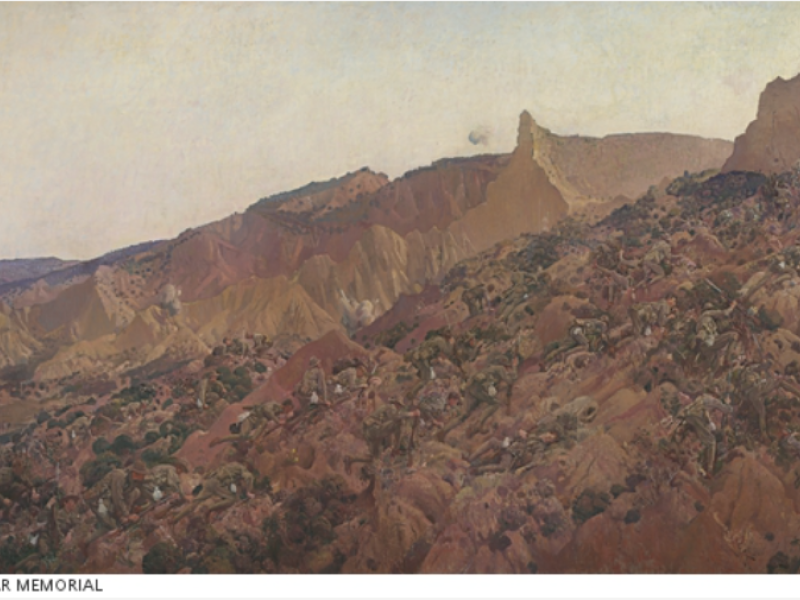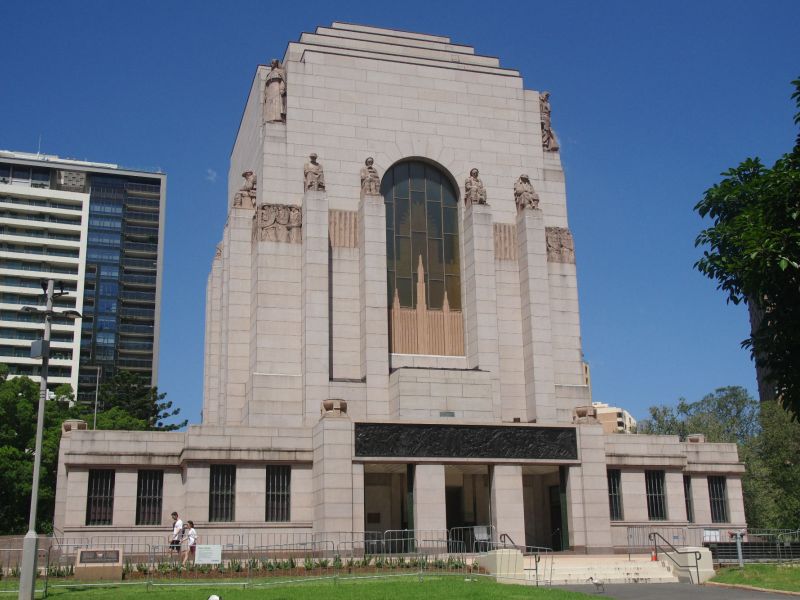Private Vincent Erle Brinkman, 18th Battalion, AIF
Vincent Brinkman was born in 1892 in the Sydney suburb of Cabramatta, the son of Herbert and Jane Brinkman. He attended Burke Street Public School before working as a railway porter and living in Stanmore. Vincent’s father had passed away in 1912, when Vincent was 20 years old.
Brinkman enlisted in the Australian Imperial Force in May 1915. In June, he embarked from Sydney aboard the HMAT Kanowna, bound for Egypt, where he would train until his departure for Gallipoli in August.
Vincent and the 18th Infantry Battalion landed on Gallipoli on 19 August. Within days of their landing, they took part in the bloody and confused action at Hill 60, the last major offensive on the Gallipoli peninsula.
The attacks on Hill 60 were designed to widen the foreshore captured by allied forces between Anzac Cove and British forces at Suvla Bay. The first attempt on the hill, on 21 August, was partially successful: Australian, New Zealand, British and Indian forces captured a foothold but not the summit.
A renewed assault the next day was led by Vincent’s 18th Battalion. The newly arrived and inexperienced battalion went bravely into action at dawn but were pushed back by the Turkish defences. The losses were appalling; half of the 18th Battalion became casualties.
On 27 August, there was a renewed assault on Hill 60. An artillery bombardment commenced at 4 pm for an hour before the attack began. The assault drew immediate and heavy machine-gun, rifle and shrapnel fire from the Turks, particularly on the right flank, where Vincent and the 18th Battalion were advancing.
The battle raged for three days, during which the objective was taken, partially lost and then retaken. Australian forces came near the heights of the hill but not over the crest.
Vincent fell during this bloody battle. Moments after the first assault on 27 August, one of Vincent’s comrades saw him lying mortally wounded on the parapet of his trench, begging for water. He was struck as soon as he leapt out of the trench into no man’s land.
Vincent had been on Gallipoli for nine days. He was 23 years old.
His grieving mother, who had lost her husband and son in the space of three years, was determined to find out how her son died. Vincent was initially pronounced missing and she held some hope that he was alive.
“I am most anxious to hear something further. Please let me know as soon as possible, and relieve an anxious mother’s heart,” she wrote in November 1915 to the authorities.
But she was to be bitterly disappointed. An official inquiry declared Vincent presumed dead in January 1916. Due to the chaotic nature of the fighting, his body was never found.
Today his name is commemorated on the Lone Pine Memorial on Gallipoli with more than 4,900 Australian and New Zealand servicemen who have no known grave.
David Sutton, Military History Section

 Australian War Memorial
Australian War Memorial